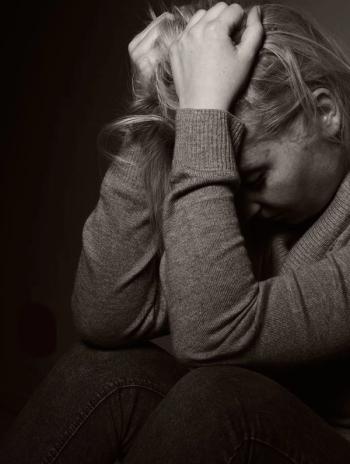
ASA: Robotic Device Helps Stroke Patients Regain Hand Use
SAN FRANCISCO -- A robot dubbed Howard may help stroke patients regain hand function and strength even when the therapy is begun after a delay of three months, researchers said here.
SAN FRANCISCO, Feb. 9 -- A robot dubbed Howard may help stroke patients regain hand function and strength even when the therapy is begun after a delay of three months, researchers said here.
The 13 patients who used the Hand-Wrist Assisting Robotic Device (HOWARD) significantly improved grasping and releasing ability, manual dexterity, and range of hand and wrist motion, said Steven C. Cramer, M.D., of the University of California, Irvine.
Howard attaches to the hand and wrist with Velcro straps around the palm side of the fingers and thumb and moves pneumatically behind them to assist in joint movements, Dr. Cramer said in a presentation at the American Stroke Association meeting.
Robotic rehabilitation devices offer advantages in that they can do the same movement over and over with great precision and can record information, Dr. Cramer said.
Although the study was small, and the device is not commercially available, Howard is in good company with other robotic devices already being used for post-stroke shoulder and leg rehabilitation, Dr. Cramer asserted.
Further studies need to address a less selective patient population and compare the device to other therapy methods, but the study offers hope for the future of stroke rehabilitation, said Daniel T. Lackland, Dr.P.H., of the Medical University of South Carolina in Charleston, who commented on the study.
"This offers maybe a direction that might either offer an alternative to our traditional rehabs or also a complement," Dr. Lackland said. "Anything that could expedite or enhance rehab is needed."
The study included 13 patients with a stroke three or more months before baseline who were left with moderate weakness in the right arm and hand (Fugl-Meyer arm motor scale scores 2 to 20 where 24 is normal). Those with significant apraxia, sensory or cognitive deficits, spasticity, or depression were excluded.
Seven patients completed 15 two-hour sessions over three weeks in active robotic assist mode, in which the device followed through to complete whatever portion of a motion the patient could not in order to 'retrain' the brain. The other six patients had half of their sessions with passive robotic support only.
The therapy also incorporated virtual reality to engage patients' attention, Dr. Cramer said.
After three weeks of therapy, the overall findings were:
- A clinically meaningful improvement of 4.2 points on the Action Research Arm Test (37.3 versus 33.5 points, P=0.0002) which decreased but remained significant at one month post-treatment (P<0.003).
- A 4.2 point increase in manual dexterity on the Box-and-Blocks Test (23.9 versus 19.7 points, P<0.005) which again remained significant at one month after treatment (P<0.04). a
- A 7.6 point improvement on the 66-point arm motor Fugl-Meyer scale which continued to be significant at one month (P<0.0001 for both).
Since about a quarter of the gains were lost at one month after treatment, "you probably have to keep up with it," Dr. Cramer said. He said he expected that longer treatment would have given better results.
The researchers also found a "dose-response" effect, with significantly better responses among the patients who had active robotic support in all sessions rather than in only half of the sessions. The respective results were:
- 5.3 versus 2.8 point improvements on the Action Research Arm Test.
- 5.3 versus 3.0 point improvements on the Box-and-Blocks Test.
- 9.1 versus 5.8 points on the Fugl-Meyer scale.
Functional MRI brain scans of 10 patients revealed greater brain activation during tasks rehearsed with Howard compared with non-rehearsed tasks.
"One concern with rehab therapy traditionally has been that many of the gains don't generalize, so if somebody gets trained in picking up beans they may not be able to pour water so well," Dr. Cramer said, "and we found that in fact brain reorganization was task specific from the data that we do have."
"Consistent with studies from the last 10 years from a number of other institutions, robotic therapy can be important to helping patients with weakness after stroke regain some strength and motor control," he added.
The research team envisions Howard for "telerehab" at home, Dr. Cramer said. However, they said the parts for the device alone cost several thousand dollars.
Dr. Lackland said that this may be a case of technology outpacing practicality.
"This is a very good first phase experiment," he said but added, "the real kicker is in translation to clinical practice."
Newsletter
Enhance your clinical practice with the Patient Care newsletter, offering the latest evidence-based guidelines, diagnostic insights, and treatment strategies for primary care physicians.

















































































































































































































































































